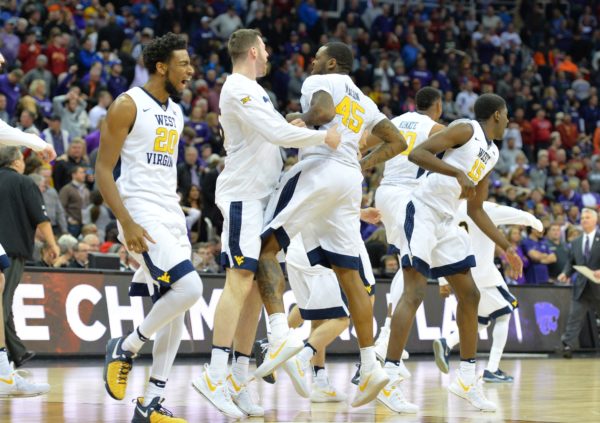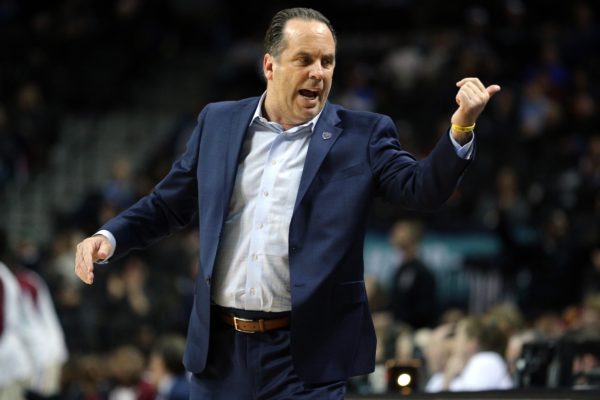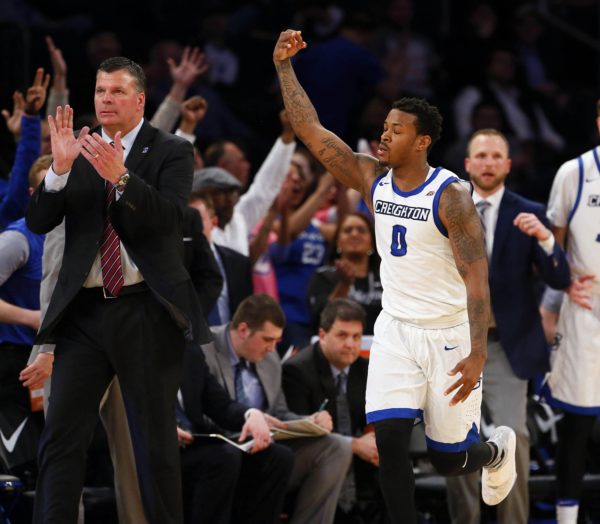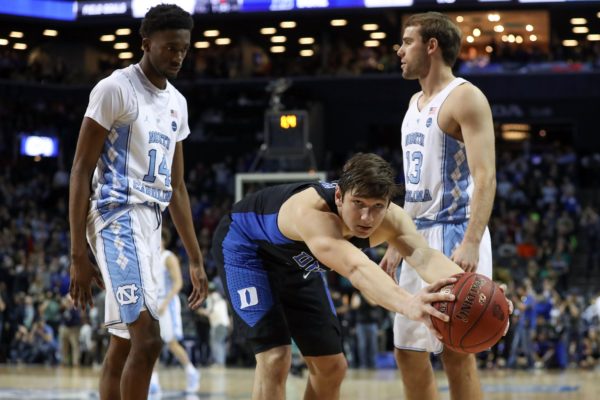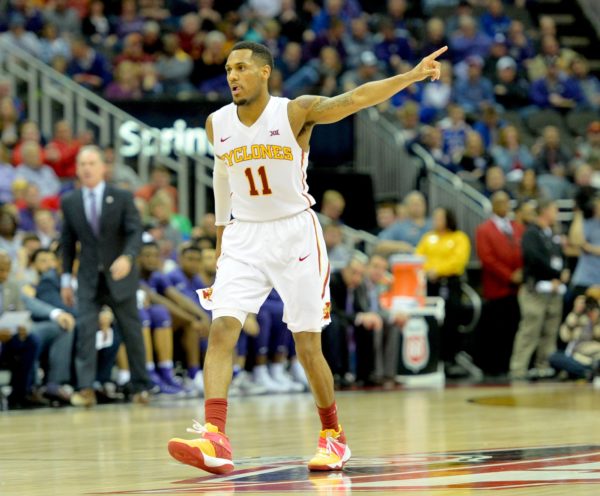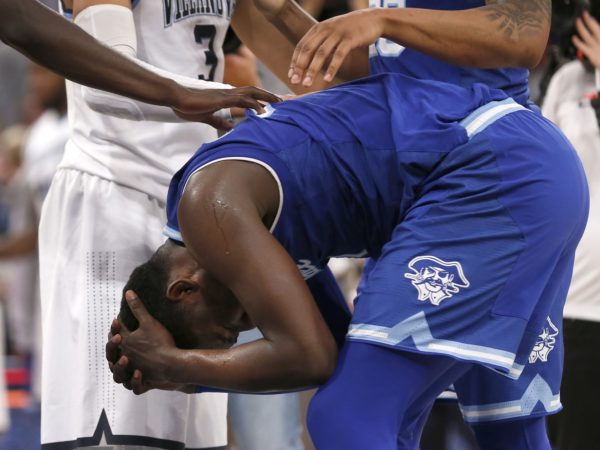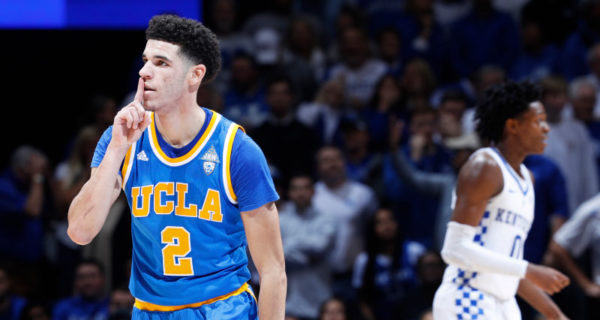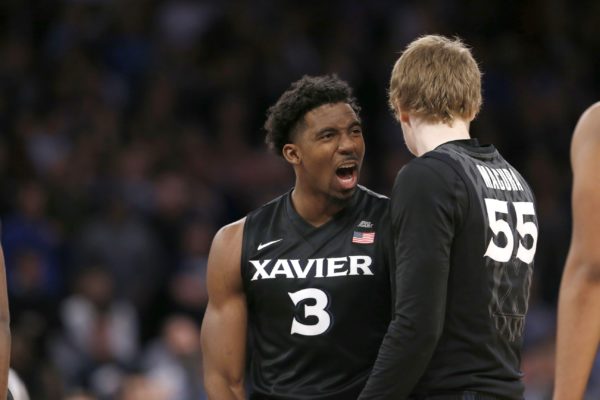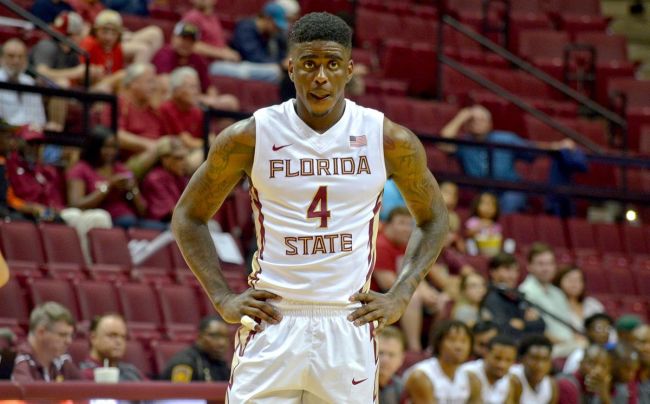Rushed Reactions: West Virginia 51, Kansas State 50
Posted by Brian Goodman on March 11th, 2017RTC’s Brian Goodman (@BSGoodman) is providing on-site coverage of the Big 12 Tournament.
Three Key Takeaways.
- Offense was nowhere to be found in first-half slog. In their previous two meetings against the Mountaineers, Kansas State struggled to hold onto the ball, posting turnover rates above 20 percent. West Virginia’s press didn’t frustrate the Wildcats quite as much tonight, as Bob Huggins‘ team generated takeaways on just 18.3 percent of Kansas State’s possessions. Instead, it was poor half-court offense, inaccurate three-point shooting and a lack of offensive rebounds that set the Wildcats back early — scoring just 0.78 points per possession before halftime. Those struggles would have been a much bigger issue had West Virginia scored more than 0.50 points per trip itself.
- West Virginia’s defensive adjustment keys second-half rally. The Mountaineers’ defensive identity as a pressing team is firmly entrenched, but it’s tough to set it up if you don’t make shots. West Virginia shot an ice-cold 18.8 percent in the first half and failed to score a single point 0ff a Kansas State giveaway until the second half. Huggins switched things up down the stretch, deploying a 1-3-1 zone that worked all the way down to the final play, when Kamau Stokes picked up his dribble and had nowhere to go with his team needing a bucket to win. The Wildcats connected on just four shots over the final 13:26 of the game, buying just enough time for the Mountaineers to make up a 12-point deficit.
- Isaiah Maurice provides another big body. Two years into his career, Dean Wade is still mostly a one-way big man who struggles to defend similarly-sized players. D.J. Johnson can’t do it all down low, so Bruce Weber needs another option. Enter the unlikely Maurice, a redshirt freshman and former Old Dominion commitment. Maurice helped the Wildcats contain Johnathan Motley on Thursday and performed admirably on Friday in 20 minutes of action. West Virginia shot just 2-of-15 inside the arc in the first half, with Maurice holding down the paint and altering shots by Jevon Carter and Nathan Adrian. Until Wade becomes more assertive on the defensive end, expect Maurice to continue to play a key role in the Wildcats’ rotation.





























